- Established 1982 -HOME: www.hiltonpond.org
THIS WEEK at HILTON POND Subscribe for free to our award-winning nature newsletter (Back to Preceding Week; on to Next Week) |
MAY NATURE NOTES The third week in May 2020 was typical springtime at Hilton Pond Center, with migratory birds still arriving, frogs croaking, trees blooming, and hummingbirds finally starting to patronize our feeders with regularity. We also had a potful of rain and--oh, yeah--a tornadic wind burst on the 22nd that toppled yet another big tree, this time onto the brand-new roof of our old farmhouse! But more about THAT catastrophe later; for now let's take a look at a couple of more pleasant things Mother Nature had to offer in the middle of the merry month of May.
All text, maps, charts & photos © Hilton Pond Center For the past week we've been finding inch-wide flowers (above) scattered along a short length of trail near the Center's old farmhouse. Mostly white, each inflorescence bears two large orange spots and an intricate pattern of purple. In lateral view the blossom is short and tubular, and we recognized it as coming from a Southern Catalpa tree, Catalpa bignonioides. If the species name sounds familiar, it's because this tree is in the Bignoniaceae, a large plant family that includes other native tubular flowers such as Trumpet Creeper, Campsis radicans, and Crossvine, Bignonia capreolata--plus quite a few non-native tropical species. 'Round these parts Southern Catalpa is often called the "Catawba Tree"--we suppose because of our proximity to the river of that name--and is famous because it is host to the "Catawba Worm." Our solitary catalpa has gotten quite tall so we can't access the flowers in situ, but their sweet fragrance confirms their presence high above. The Moral of This Story: If you like to fish and/or want to attract Ruby-throated Hummingbirds, plant a Southern Catalpa tree in your yard. All text, maps, charts & photos © Hilton Pond Center
All text, maps, charts & photos © Hilton Pond Center Neotropical migrant birds continued to trickle in at Hilton Pond Center as the second half of May unfolded. One new species that we capture uncommonly was a second-year male Yellow Warbler (YEWA, above). We've actually seen and caught many more YEWA on our Operation RubyThroat hummingbird study sites in Central America; the one here this week was just our 23rd banded locally in 39 years. We find YEWA to be among the most variably plumaged of warblers. (Populations in the coastal mangroves of Mexico and Central America even have bright rusty heads.) Older male YEWA are sometimes deep yellow enough to make one think of a jar of mustard, while young females can be so pale they're almost off-white. Regardless, all YEWA have pinkish legs and large tail spots that are some shade of yellow--not the white typically seen in warblers. Mature male Yellow Warblers also have an abundance of chestnut streaking on their breasts, a character that is less noticeable in young males like the one in our photo; some females may have a few faint chestnut streaks. Yellow Warblers nest across the upper half of the contiguous 48 states and in nearly all of Canada and Alaska. There apparently are unconfirmed breeding records for YEWA in extreme northwestern South Carolina about 100 miles west of the Center; these suggest this species needs further study in the Palmetto State. All text, maps, charts & photos © Hilton Pond Center
All text, maps, charts & photos © Hilton Pond Center On 22 May we were outside, frantically furling our mist nets as dark clouds rolled in from the west. A spring thunderstorm had popped up and was moving rapidly in the direction of Hilton Pond Center. We were at the next-to-last net and had it halfway closed when an incredibly powerful burst of wind roared through the treetops--stronger than any gust we had experienced here or elsewhere. As we looked up toward the canopy, a large branch snapped off a towering Shagbark Hickory, Carya ovata, and hurtled past us, smashing a platform bird feeder (above) before landing on the back deck inches short of the sliding glass patio doors. This 20-foot-long limb--four inches in diameter at its base--missed us by perhaps a dozen feet; we're quite certain it could have caused severe injury, or worse.
All text, maps, charts & photos © Hilton Pond Center At the same time the hickory branch flew past we heard a loud crack behind us. A 50-foot-tall Black Walnut tree right outside the kitchen window broke above the base and had fallen directly onto the roof of our old farmhouse. (A roof we might add, that had new shingles and gutters installed just last October.) The walnut, Juglans nigra, was tilted over at a 45° angle, poised delicately on a dormer ridge cap.
All text, maps, charts & photos © Hilton Pond Center There were two items of good news. 1) That sudden wind burst was short-lived, lasting only a second or two--much unlike continuous wind associated with hurricanes. (We learned later that at about the same time we had our wind event a tornado touched down barely ten miles away. Ours apparently was not a tornado but a "direcho," a straight-line wind of incredible force. We estimate it was 80 mph or greater.) 2) Important from financial and safety standpoints, no one was hurt and the walnut tree appeared not to have breached the roof, so all this seemingly non-stop rain we've been having hopefully won't get into the attic, or beyond. That said, there does appear to be damage to some shingles and flashing around the dormer.
All text, maps, charts & photos © Hilton Pond Center Needless to say, we didn’t like losing another tree, even though this particular Black Walnut was far smaller and much younger than the huge 100-year-old Southern Red Oak, Quercus falcata, that toppled at Hilton Pond back on Easter Monday. When that old oak went down it took other vegetation and numerous mature trees with it, leaving a gaping "hole in the sky" (above) that is even larger now. The fallen oak also destroyed four of our mist nets and obliterated a couple of net lanes we have been using for nearly four decades.
All text, maps, charts & photos © Hilton Pond Center The latest wind burst wasn't quite as destructive, although it, too, had significant impact--primarily because it tipped over a beloved Flowering Dogwood, Cornus florida (above), and ripped down several more 35-year-old Trumpet Creeper vines that were 2"-4" in diameter. We especially hate losing the latter because they are in our judgment the single most important native nectar source for local Ruby-throated Hummingbirds--a main focus of our long-term research. (Two of the Trumpet Creeper vines were growing on the fallen Black Walnut itself and are visible in photos above.) The latest storm also damaged several feeders (below) and destroyed two more mist nets--the one we closed halfway and the final open one that was torn to shreds by falling branches and other wind-propelled debris.
All text, maps, charts & photos © Hilton Pond Center Soon after the thunderstorm on passed on 22 May we made phone calls to our insurance company, the guy who installed our new roof last fall, and a tree removal specialist. We're hopeful insurance will cover extraction of the tree and any damage to shingles or roof infrastructure.
All text, maps, charts & photos © Hilton Pond Center Unfortunately, insurance will NOT cover cost of replacing broken feeders and two more mist nets (above), on top of the other four nets lost during the Easter weekend storm. (Quality mist nets for bird banding are expensive, running about $150 per net, two-pole set, and rebar footings.) Regardless, we were very glad to escape the storm relatively unscathed and went right back to work on seemingly endless post-storm clean-up at Hilton Pond Center. All text, maps, charts & photos © Hilton Pond Center SPRING FUNDRAISER At Hilton Pond Center we were excited on 2 April 2020 to band our 70,000th bird since 1982. Some of you have already helped mark that significant milestone with a donation supporting our initiatives in environmental education, field research, and resource conservation. Now, with the loss in mid-April of our massive Southern Red Oak, including collateral damage to other vegetation To help us get past these latest stumbling blocks, please consider making a donation through Facebook at the link above. You can also donate via PayPal, at Network for Good, or through the Center's new Venmo account. Personal checks can be sent to 1432 DeVinney Road, York SC 29745. Since we're a non-profit, all gifts should be fully tax-deductible. Thanks for whatever assistance you can provide as Hilton Pond Center buckles down and continues to move forward as the most active year-round bird banding station in the Carolinas. All text, maps, charts & photos © Hilton Pond Center
Checks also can be sent to Hilton Pond Center at: All contributions are tax-deductible on your Don't forget to scroll down for Nature Notes & Photos, |
|---|
|
"This Week at Hilton Pond" is written and photographed by Bill Hilton Jr., executive director of Hilton Pond Center for Piedmont Natural History
|
|
|
Please refer "This Week at Hilton Pond" to others by clicking on this button: |
|


 The latter is actually a smooth black and greenish-yellow "horned" caterpillar
The latter is actually a smooth black and greenish-yellow "horned" caterpillar 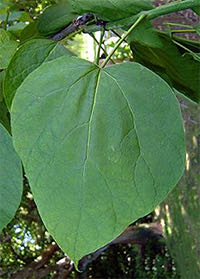 Ruby-throated Hummingbirds
Ruby-throated Hummingbirds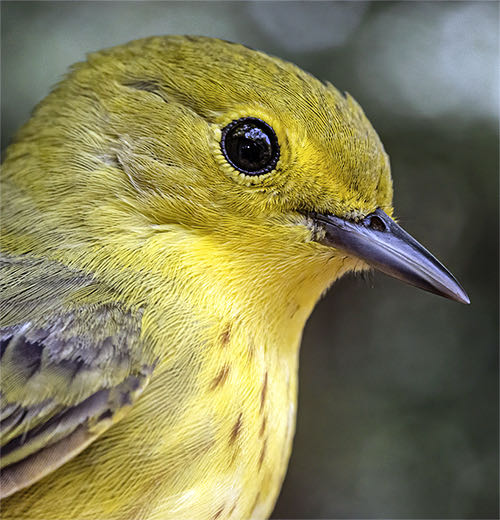
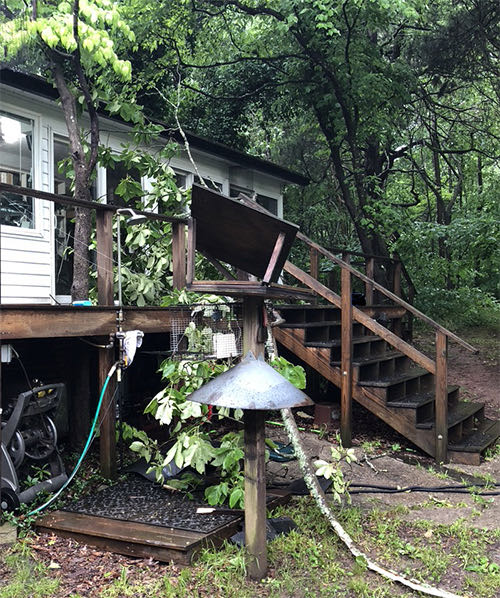
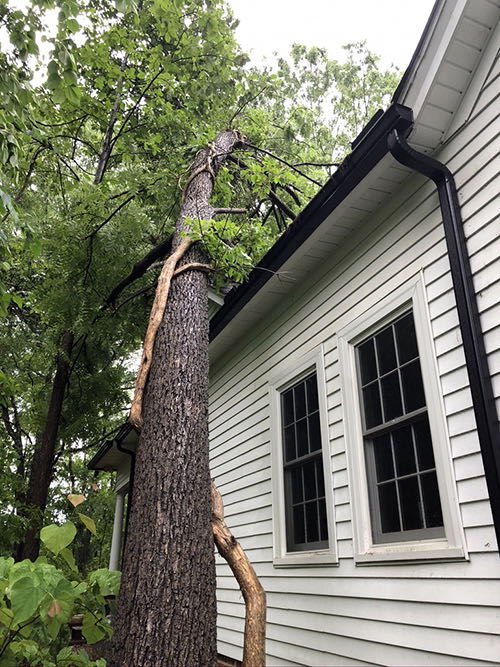
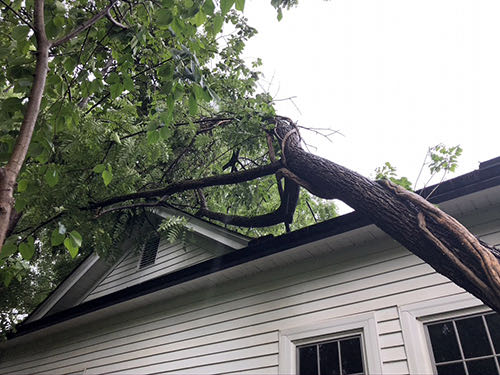
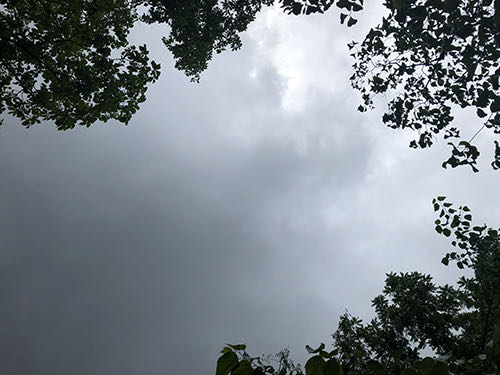
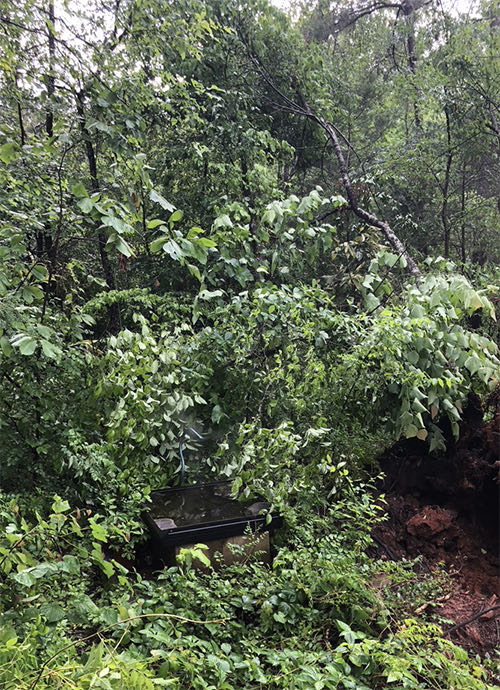
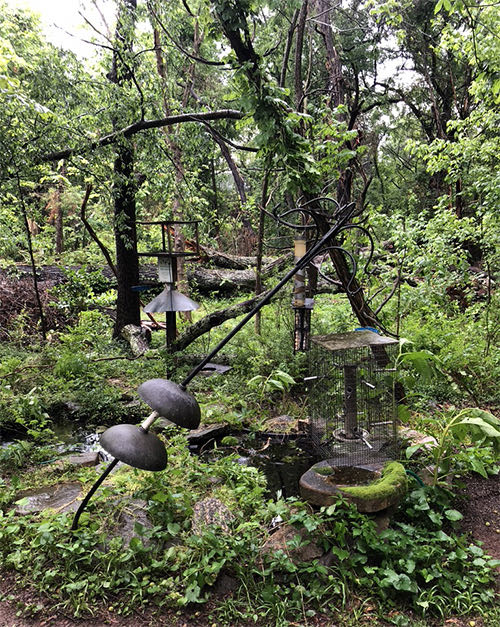
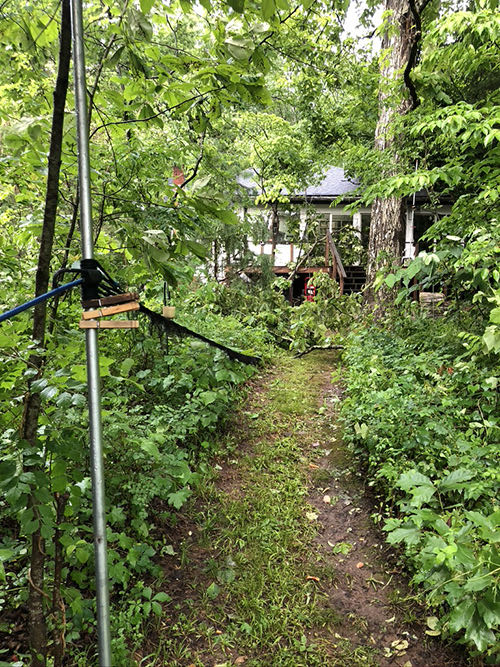
 and destruction of mist nets--PLUS loss from the mid-May storm described above--a
and destruction of mist nets--PLUS loss from the mid-May storm described above--a 









 Please report your
Please report your